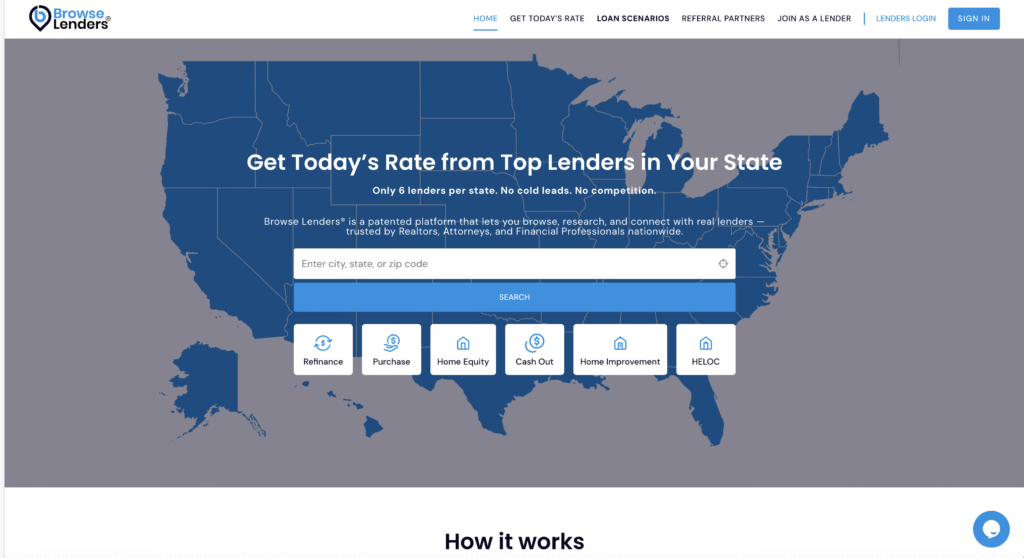Statute of Limitations Tracker: Monitor when negative items are eligible to be disputed or removed.
One of the most powerful tools for credit restoration is understanding the Statute of Limitations (SOL) on debt collection. The SOL defines the maximum period a creditor or debt collector can legally enforce collection through the courts. Knowing when negative items are eligible for dispute or removal can save you money, boost your Middle Credit Score®, and restore your financial credibility. The Statute of Limitations Tracker helps you monitor each account, understand your rights, and strategically dispute or negotiate settlements when the time is right.
Step 1: Understanding the Statute of Limitations (SOL)
The SOL varies depending on:
- Debt Type: Credit card debt, medical bills, auto loans, mortgages, and personal loans may have different SOL timelines.
- State Law: Each state sets its own limitations period, ranging from 3 to 10 years.
- Debt Activity: Making a payment or acknowledging the debt may reset the SOL clock in some states.
| Debt Type | Typical SOL Range | Average Impact on Middle Credit Score® |
|---|---|---|
| Credit Card Debt | 3–6 Years | Moderate to High |
| Medical Debt | 3–6 Years | Moderate |
| Auto Loans | 4–6 Years | High |
| Mortgages | 5–10 Years | Very High |
| Personal Loans | 3–6 Years | High |
| Student Loans | No SOL for federal, 6 years for private | High |
Pro Tip:
- Always verify the SOL for your state; it may differ significantly.
Advanced Techniques:
- SOL Expiration Verification: Check your state laws to confirm the exact expiration date.
- Statute Restart Warning: Avoid making payments or promises that could restart the clock.
- Demand Debt Validation Before Payment: Always demand proof before making any payments to avoid restarting the SOL.
- Check State-to-State Variations: If you’ve moved, SOL laws might change based on your current state of residence.
- Legal Action Awareness: Understand that after the SOL expires, creditors can no longer sue, but they may still attempt to collect. Knowing your rights can prevent harassment.
Step 2: Monitoring and Tracking SOL Dates
To effectively manage your debts, create a tracker that includes:
- Account Name and Type: List each creditor and type of debt (e.g., medical, auto loan, credit card).
- Date of First Delinquency: The date you first missed a payment—this starts the SOL clock.
- Last Payment Date: If a payment was made after delinquency, it may have restarted the clock.
- State of Residence: Laws differ by state; your SOL is based on your legal address.
- SOL Expiration Date: Calculate when the SOL period ends for each debt.
Pro Tip:
- Keep this information in a spreadsheet for easy reference.
Advanced Techniques:
- Certified Mail for Validation: Send a certified letter to creditors requesting the last payment date and proof of delinquency.
- State Jurisdiction Challenges: If you moved states, confirm which jurisdiction the debt falls under.
- Digital Tracker Setup: Use Google Sheets or Excel to create reminders for SOL expiration dates.
- Automated Alerts: Set calendar alerts 3–6 months before SOL expiration to prepare for disputes.
- Color-Coded Alerts: Use color-coded markers to highlight debts close to SOL expiration.
Step 3: Actions to Take When the SOL Expires
Once the Statute of Limitations expires, creditors can no longer legally sue you for the debt. At this point, you have several options:
- Dispute the Debt: If the SOL is expired, dispute the debt with the credit bureaus for removal.
- Send a Cease and Desist Letter: Request that collectors stop contacting you about time-barred debt.
- Negotiate a Settlement: Offer a lower payment to settle the debt without legal pressure.
- Challenge the Reporting: Under the Fair Credit Reporting Act (FCRA), debts older than 7 years should be removed.
- File for Expedited Removal: Request immediate removal of the debt based on SOL expiration.
Pro Tip:
- Never admit to the debt in writing after the SOL expires—it can restart the clock.
Advanced Techniques:
- Debt Verification Demand: If a collector tries to sue, demand verification of the debt’s age.
- Counterclaim for Violation: If sued after the SOL, file a counterclaim under FDCPA for wrongful collection practices.
- Credit Report Dispute: Send certified dispute letters to all three bureaus citing “expired statute of limitations.”
- Request Method of Verification: Force credit bureaus to show proof of proper debt reporting.
- Emergency Freeze Request: Freeze your credit reports during dispute processes to prevent illegal activity.
Step 4: Preventing Re-Aging of Debts
Debt collectors may attempt to “re-age” debts illegally to extend the SOL. Prevent this by:
- Demanding Proof of Original Delinquency Date: Creditors must provide this information upon request.
- Monitoring Credit Reports: Check for incorrect re-aging of old accounts.
- Filing Disputes with Bureaus: If you spot re-aging, dispute it immediately.
Pro Tip:
- Request written documentation of the last date of activity from the collector.
Advanced Techniques:
- Certified Dispute Letters: Send disputes via certified mail to create a paper trail.
- CFPB Complaints: Report illegal re-aging attempts to the Consumer Financial Protection Bureau.
- Demand Chain of Title Documentation: Request proof of each transfer of debt ownership.
- Statutory Affidavit of Expiration: File an affidavit with the credit bureaus verifying the expiration date.
- Annual Review Strategy: Schedule annual reviews to catch any attempts to re-age old debts.
Understanding and monitoring the Statute of Limitations on your debts is a powerful tool for credit restoration. With the Statute of Limitations Tracker, you can confidently dispute, negotiate, and remove expired debts from your credit report, significantly boosting your Middle Credit Score®. Staying proactive and informed empowers you to take control of your financial future. By knowing when debts are no longer legally enforceable, you can strategically clear your credit report and optimize your financial standing.
Middle Credit Score® Support Center
Browse Lenders® – Speak with a Lending Expert






